ROARING SUCCESS FOR TIGERS IN 2023
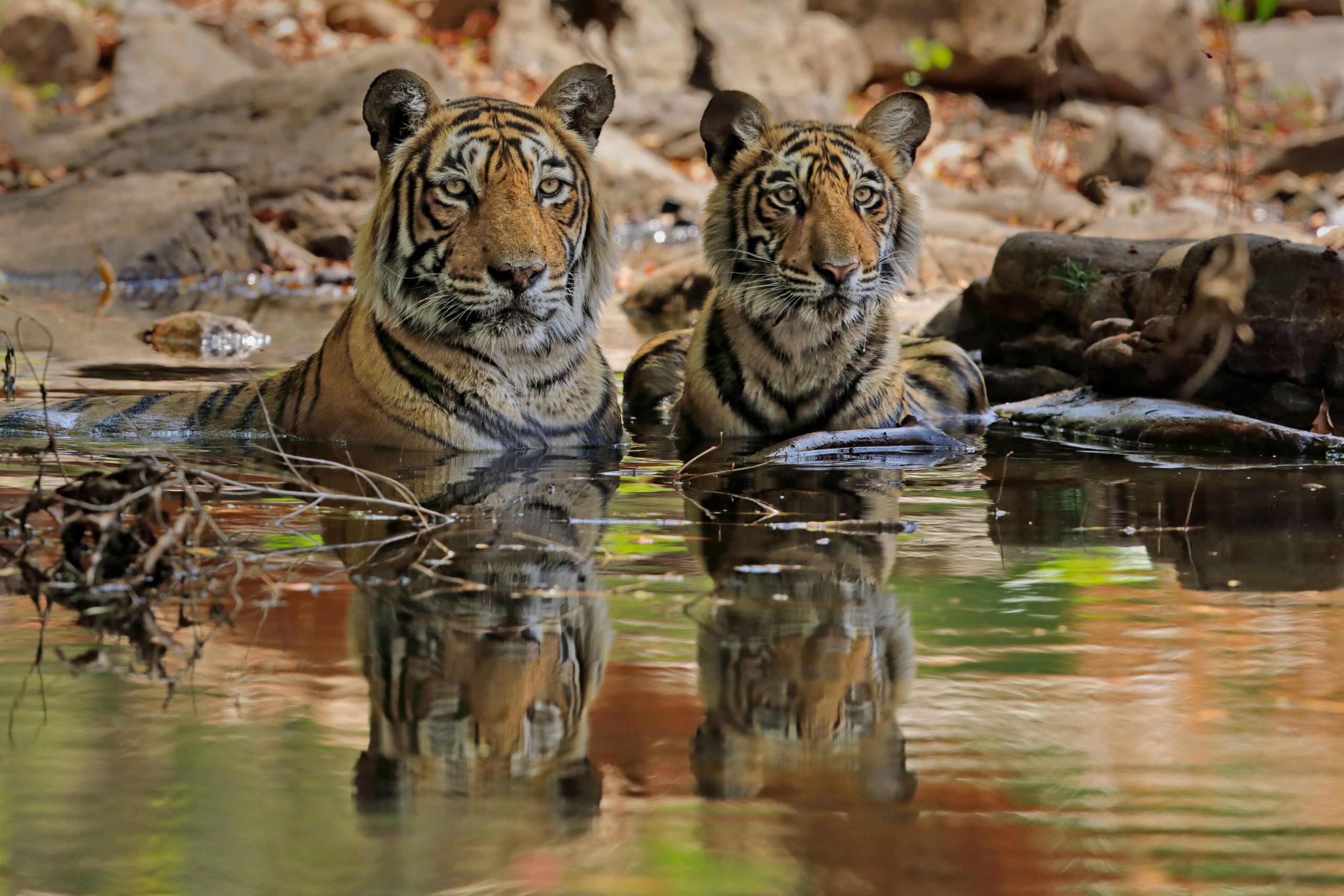
2023 has been a defining year for tiger conservation. New partnerships, innovation, and a number of key milestones have paved the way for the future of tiger conservation. Let’s have a look at some of the things from this last year that stand out the most.
GLOBAL TIGER POPULATION CONTINUES TO INCREASE
In July the Global Tiger Forum released a new global tiger population estimate of 5,574, an increase from the previous estimate of 3,900 in 2016. The increase proves that with political will, protection, funding, and conservation efforts in partnership with Indigenous and local communities it’s possible to recover wildlife, and this success gives us hope for the future of tigers on our shared planet.
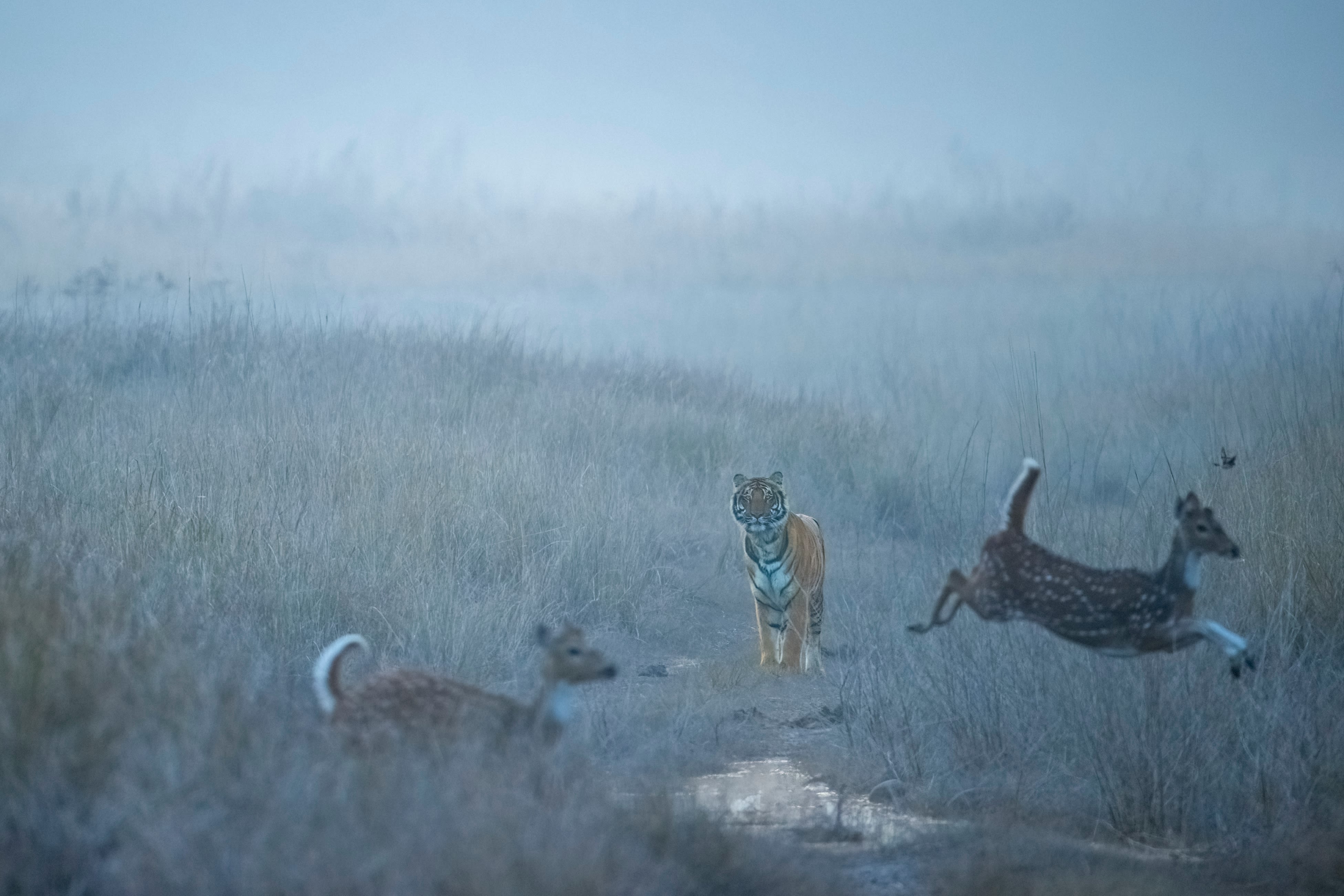
Tiger watches two spotted deer, a type of tiger prey, run past it in India. © Shutterstock / Archna Singh / WWF-International
INDIA ANNOUNCES NEW NATIONAL TIGER POPULATION ESTIMATE
India has more wild tigers than any other country in the world and this year it released the results of its national tiger survey and it’s good news! Tiger numbers in the country continue to increase and the population is now approximately 3,682. This is a huge achievement and critical work continues to ensure coexistence between tigers and people in the country.
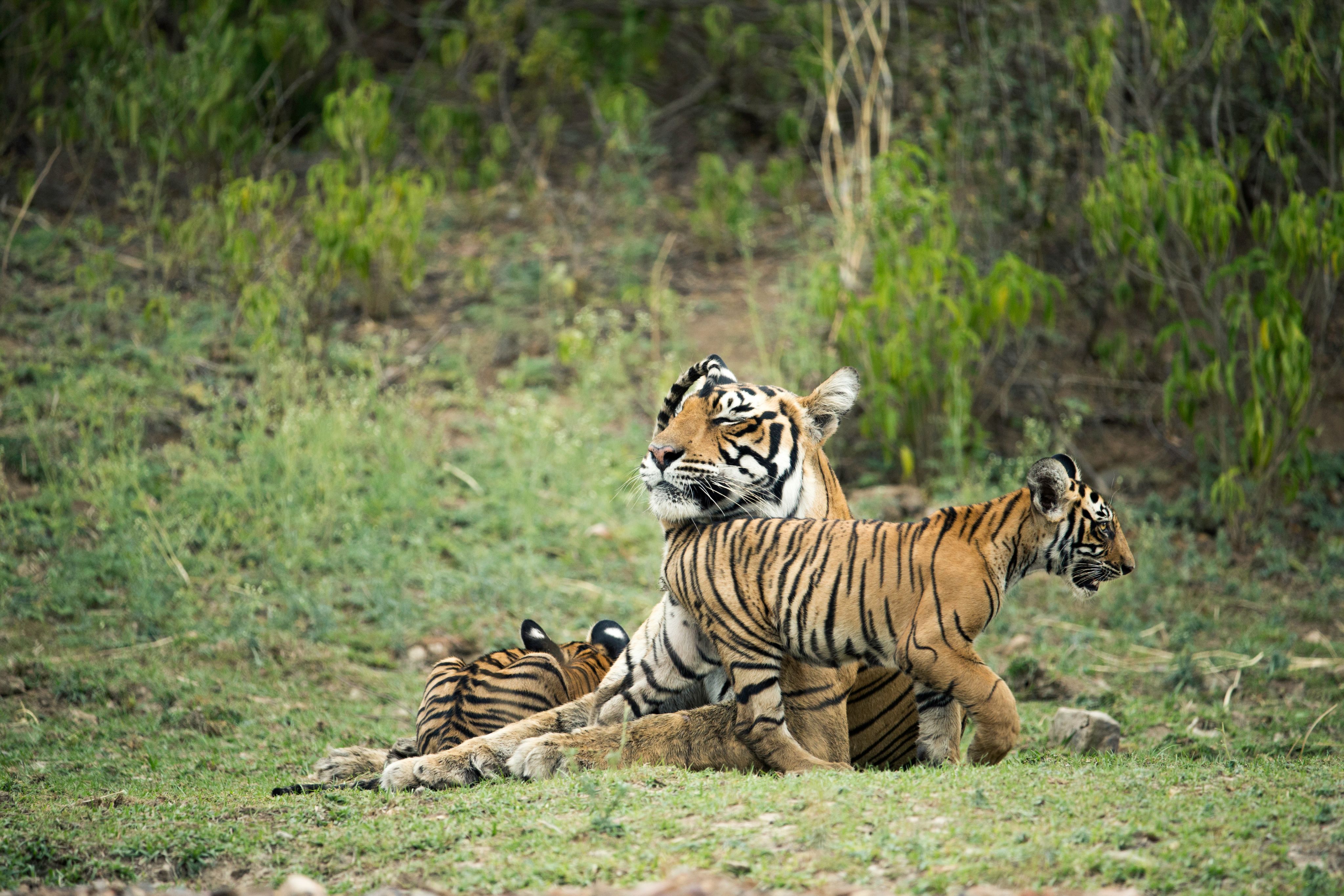
Tigress with two cubs in India © Shutterstock / Archna Singh / WWF-International
TIGER SITE IN MALAYSIA FIRST IN SOUTHEAST ASIA TO BE CA|TS ACCREDITED
Conservation Assured Tiger Standards (CA|TS) is a framework that outlines best practices, encourages collaboration between stakeholders and calls for continuous improvement of tiger recovery efforts. Royal Belum State Park was awarded the prestigious CA|TS accreditation, illustrating the progress that can in made in only a few years with effective political and community support.
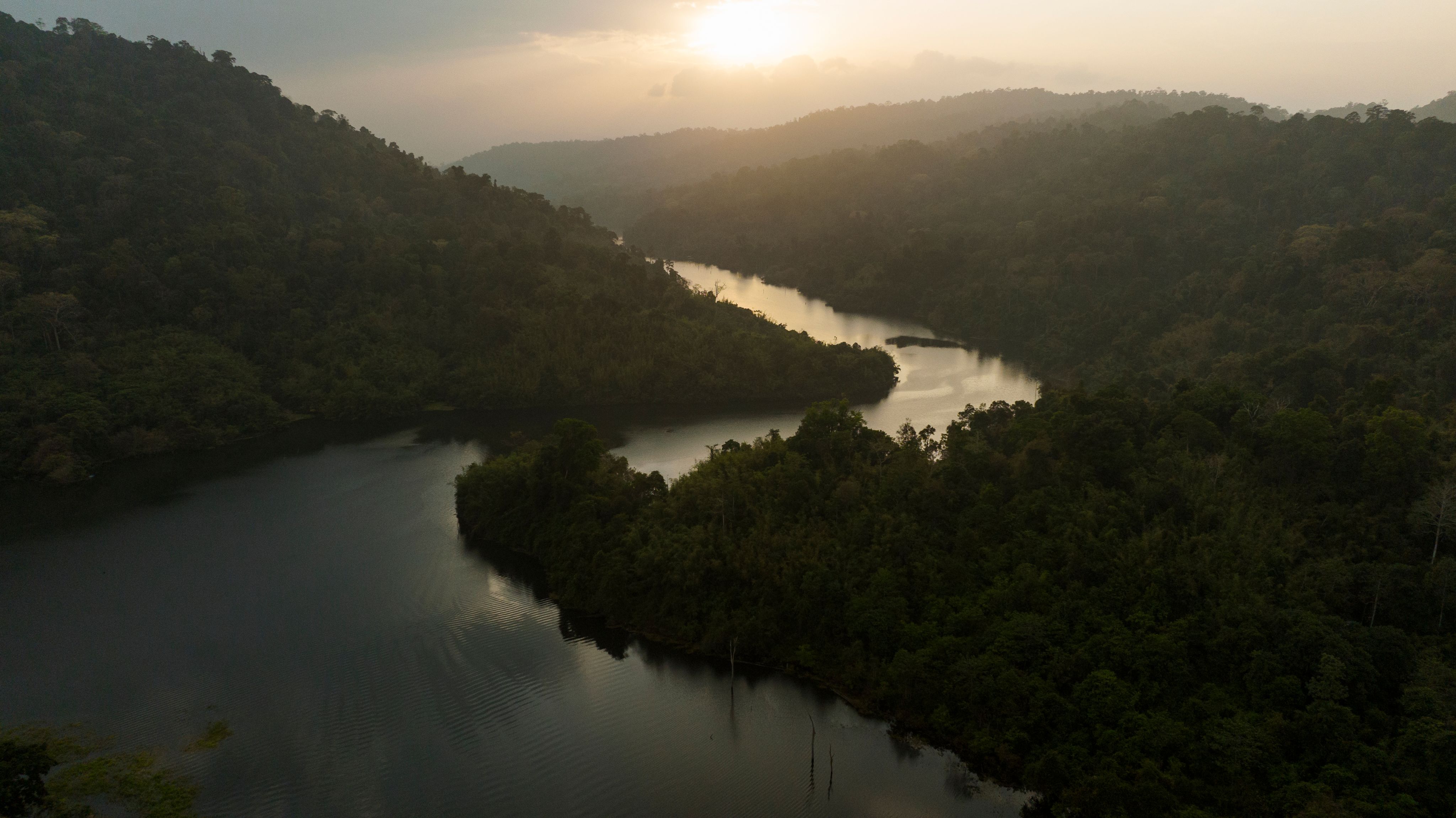
Aerial view of Royal Belum State Park. © Emmanuel Rondeau / WWF-US
BHUTAN’S TIGER POPULATION CONTINUES TO INCREASE
On Global Tiger Day 2023 the Royal Government of Bhutan announced a new national tiger population estimate of 131 wild tigers, a marked increase from the previous survey in 2015 when 103 tigers were recorded. Despite being the smallest of the tiger range countries, Bhutan is a leader when it comes to conservation. Their work continues as they roll out human-tiger coexistence strategies in communities living in the country’s tiger landscapes.
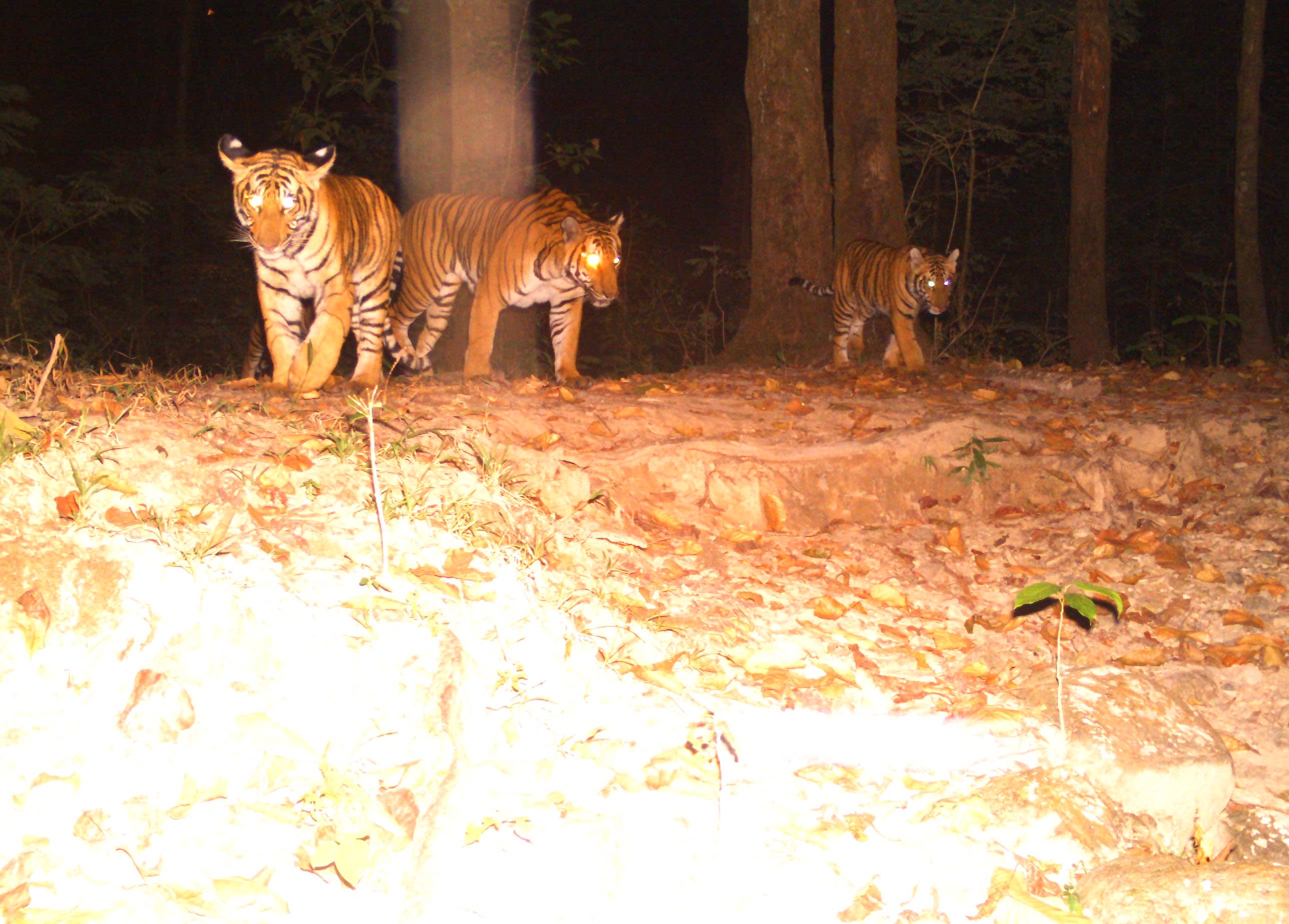
Tigers recorded on camera trap in Bhutan during the government’s national tiger survey. © DoFPS
MORE SAMBAR DEER RELEASED INTO THAILAND’S NATIONAL PARKS
This year WWF-Thailand continued to support the Department of National Parks with their effort to increase the country’s wild ungulate population. Another 14 sambar deer, five females fitted with collars and nine males, were successfully released into Khlong Lan which brings the total number of sambar deer released between 2021-2023 to 90. Tiger prey in Thailand is critically low as a result of historic poaching and this prey reintroduction is a critical element in increasing tiger populations in the country and restoring natural ecosystems.
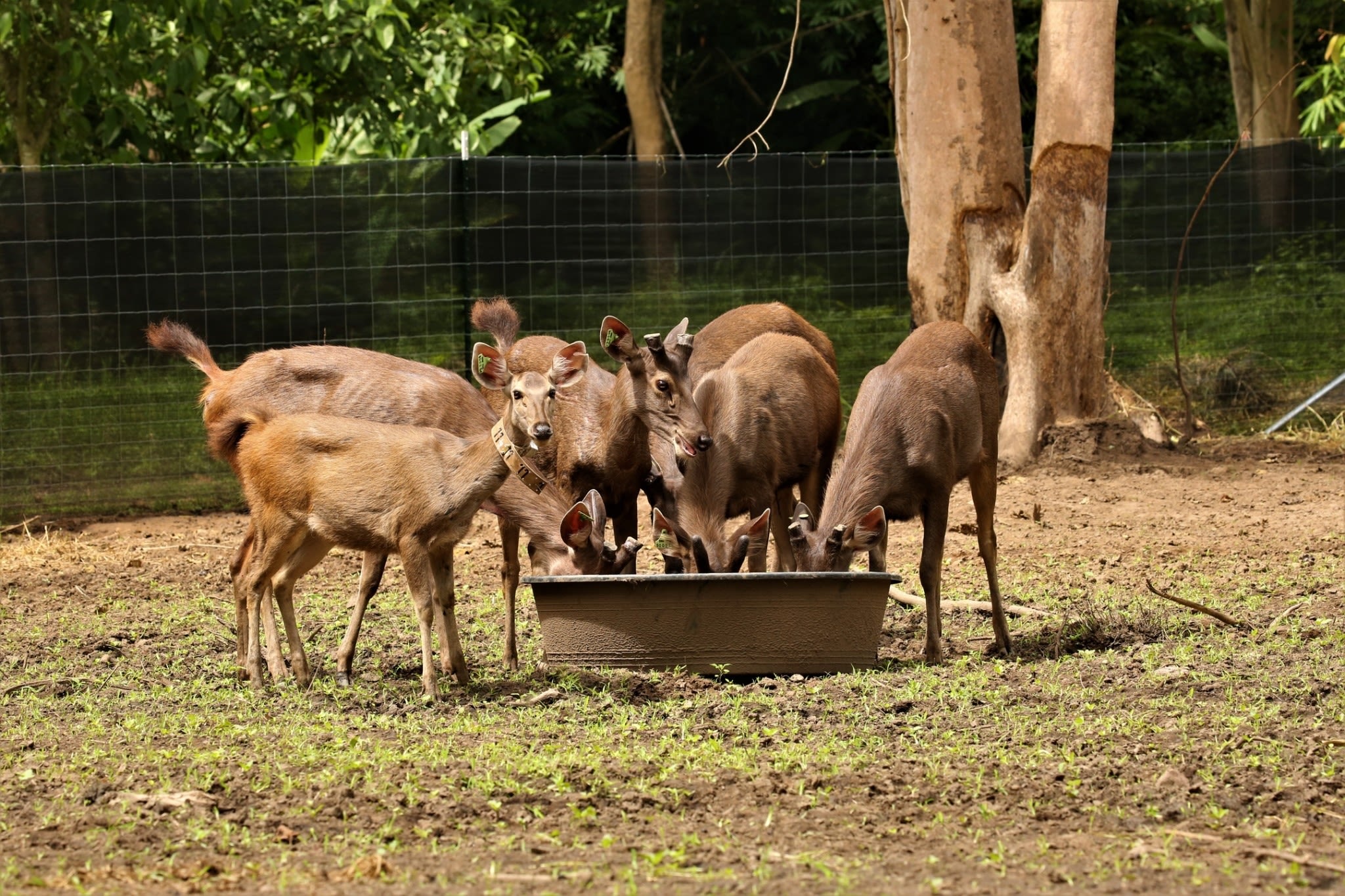
Sambar deer in a holding pen before being released into the wild in one of Thailand’s national parks. © DNP / WWF-Thailand
WILDLIFE PHOTOGRAPHER AND INDIGENOUS COMMUNITY PATROL TEAMS PHOTOGRAPH ONE OF MALAYSIA’S LAST REMAINING TIGERS
Earlier this year Emmanuel Rondeau, WWF and an anti-poaching team of dedicated Indigenous Peoples trekked through the dense jungle of Royal Belum State Park to set up a series of high-quality cameras. This 130 million year old rainforest is one of the last strongholds for tigers in Malaysia. There’s estimated to be less than 150 wild tigers in the whole country and the team wanted to capture a high quality image of one of these tigers to help bring global attention to the plight of tigers in Malaysia. After five months of waiting….success!
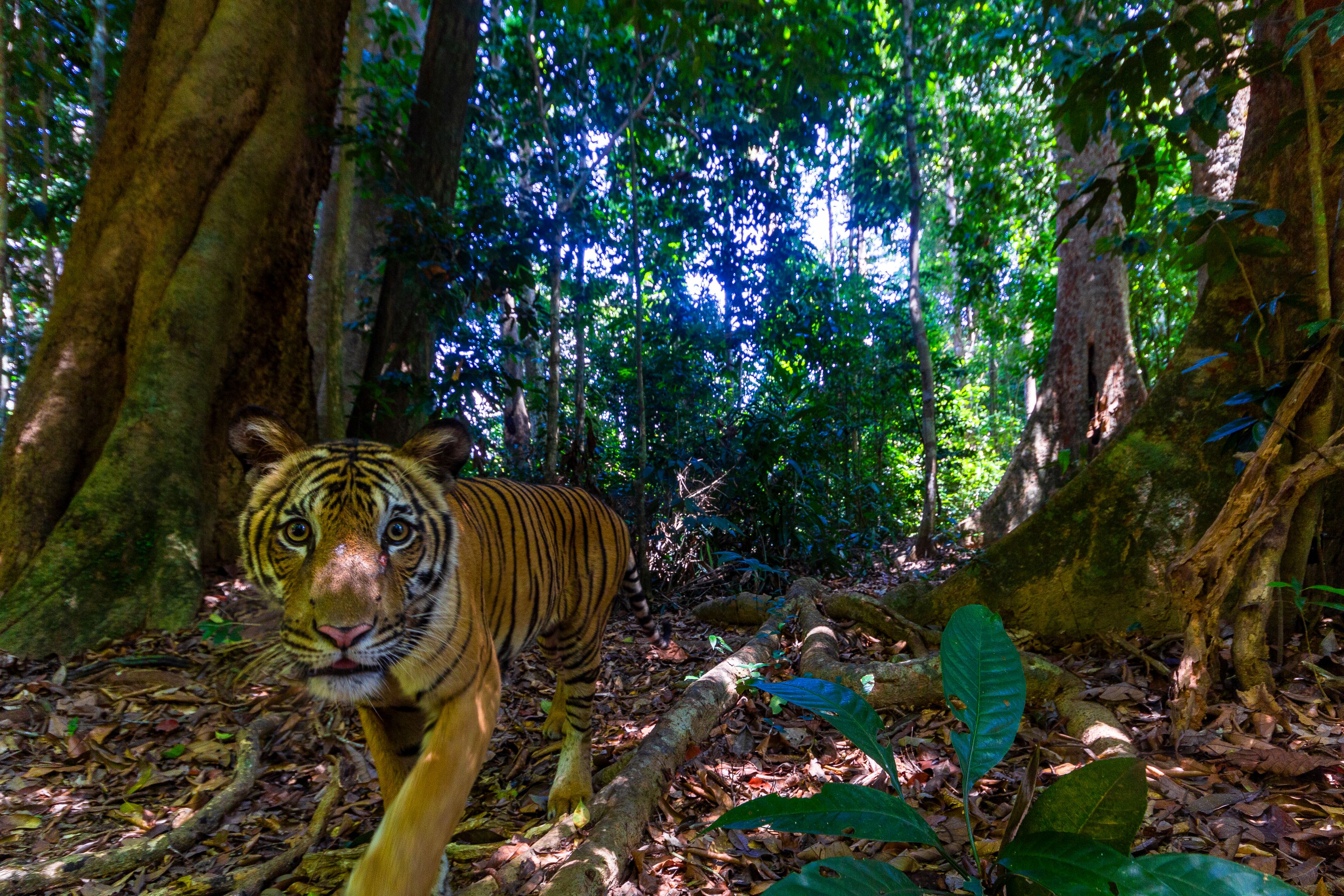
One of the two tigers recorded on Emmanuel’s camera traps in Malaysia’s Royal Belum State Park. © Emmanuel Rondeau / WWF-US
WWF LAUNCHES NEW TIGER CONSERVATION STRATEGY
On 21 January 2023 the Year of the Tiger came to a close and marked the end of the global goal to double the number of wild tigers by 2022, known as TX2. WWF has since reviewed its tiger conservation strategy and taken stock of the challenges and opportunities ahead. WWF’s new tiger conservation strategy 2023-2034 focuses on five key areas; secure connected habitat, expand tiger range, towards coexistence, end exploitation, and unlock capitals. Our new strategy represents the future of tiger conservation and it’s ambitious, but that’s what it’ll take to secure a viable future for wild tigers on our shared planet.
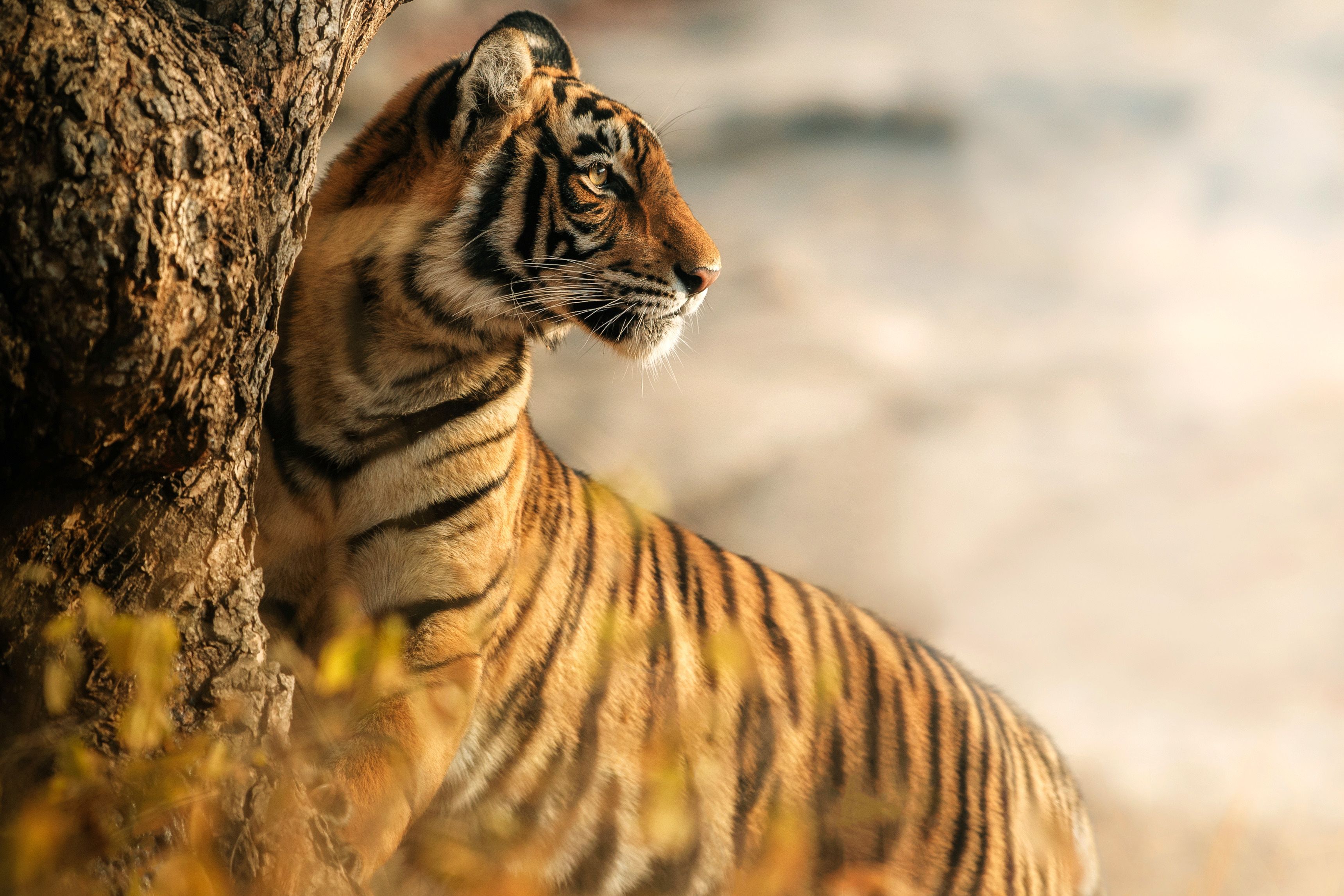
Tiger photographed in India. © Shutterstock / PhotocechCZ / WWF-International
ROADMAP TO CLOSING TIGER FACILITIES OF CONCERN LAUNCHED
WWF and its partners have launched a roadmap to support governments and other stakeholders in their bid to close captive tiger facilities of concern. Current estimates suggest over 8,900 tigers are kept in more than 300 facilities across Asia, nearly double the number of tigers found in the wild. From a conservation perspective, the operation and scale of these captive tiger facilities of concern are a significant obstacle to the protection and recovery of wild tiger populations.
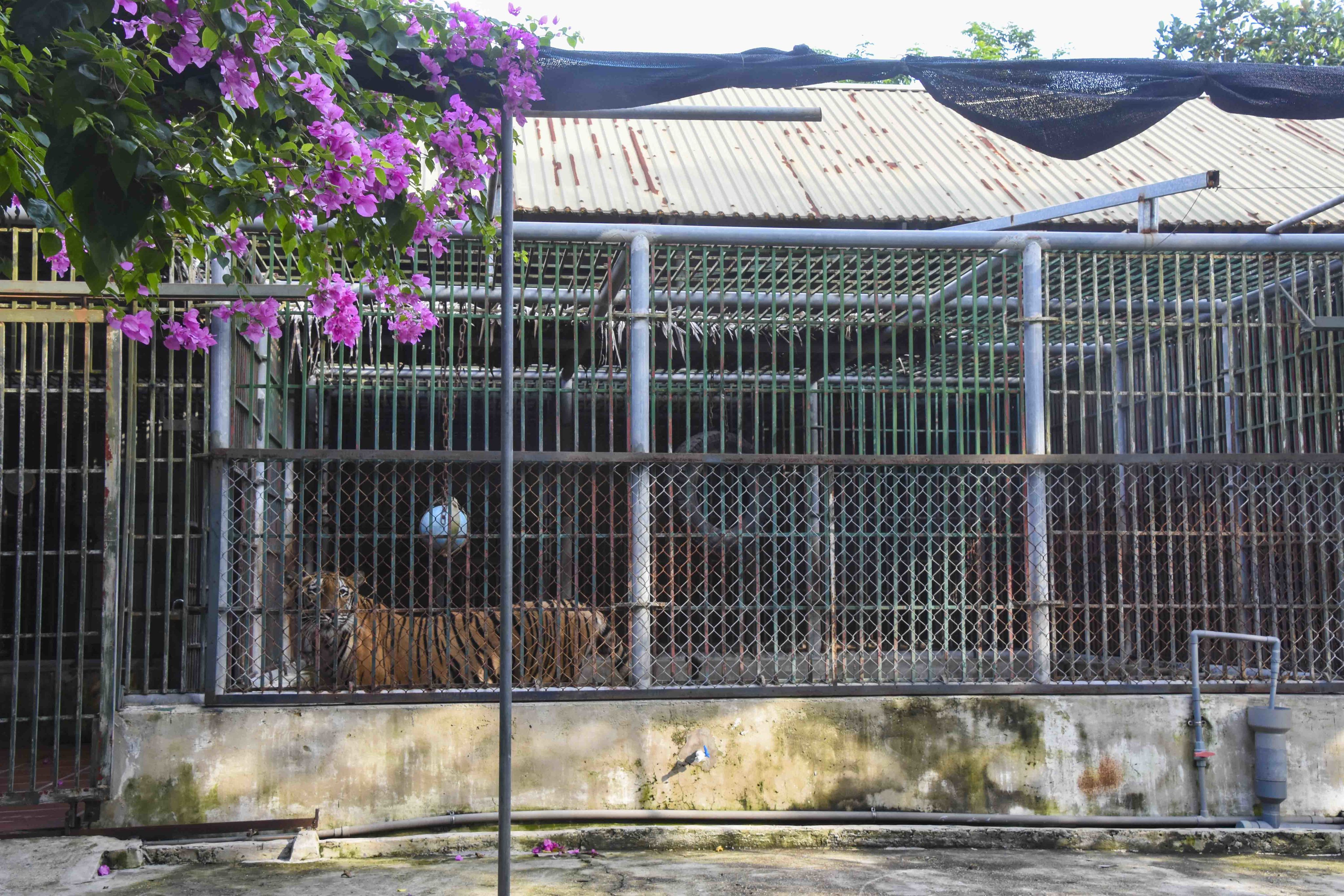
Captive tiger at Hanoi Wildlife Rescue Centre, Viet Nam. © Heather Sohl
SUSTAINABLE FINANCING FOR TIGER CONSERVATION LAUNCHED AT COP28
Sustainable finance is an emerging and key component to funding the future of tiger conservation. During a side event held at CoP28 in the Bhutan Pavilion, WWF and the Tiger Conservation Coalition partners discussed the alignments between tiger conservation and broader social and environmental issues, such as climate change, and targets such as the Global Biodiversity Framework. This conversation will have a critical moment at the landmark Sustainable Finance for Tiger Landscapes Conference to be held in April 2024 by the Royal Government of Bhutan under the Royal Patronage of Her Majesty The Queen of Bhutan, Jetsun Pema Wangchuck and supported by the Tiger Conservation Coalition.

Panel during the tiger side event in the Bhutan Pavilion at CoP28, Dubai. © Sonam Yangchen
2023 has proven to be a huge year for tigers and 2024 looks to continue on this path. WWF would like to thank all of its tiger supporters for their vital contributions, none of this work would be possible without you.